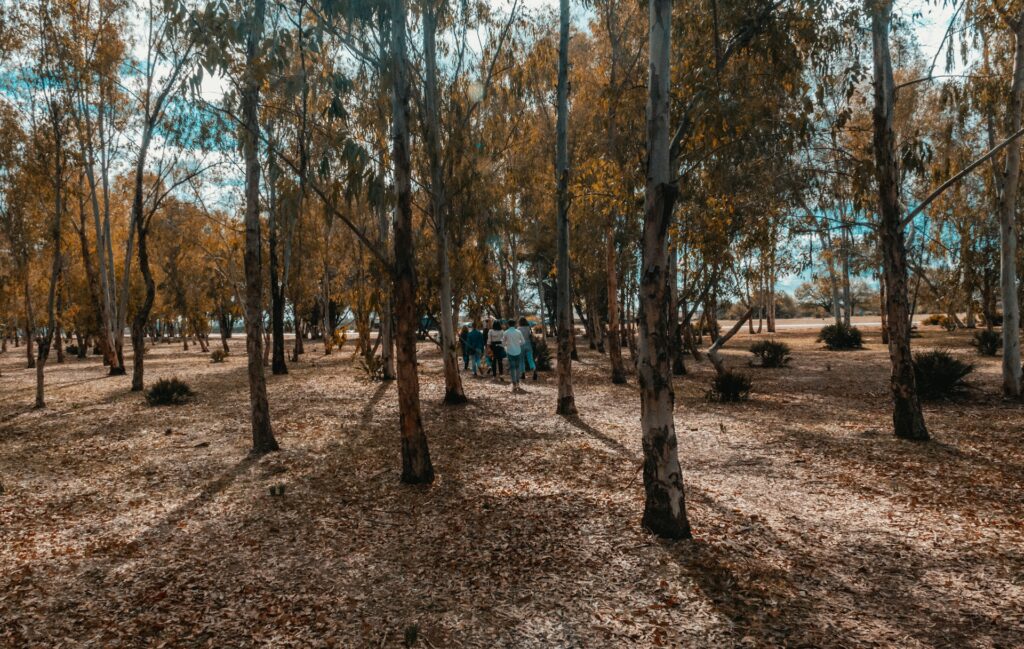KARACHI – The Sindh Forest & Wildlife Department has officially advanced its large-scale Sindh PPP afforestation project, initiating the bidding process for global investors and environmental partners. Covering 34,995 hectares across Matiari and Jamshoro districts, this is Pakistan’s first climate-centric Public-Private Partnership (PPP) in the forestry sector. The initiative targets afforestation, reforestation, and revegetation (ARR) for the creation of carbon credits. The land is offered in three separate RFPs—13,259.6 ha, 11,772.2 ha, and 9,963.2 ha.
To engage stakeholders effectively, the Forest & Wildlife Department released “Addendum No. I” and a “Response Document” on April 27, 2025, alongside an extended bid submission deadline. These files are each publicly available on FWD, SPPRA EPADS, and PPP Unit websites, including https://tiny.cc/FWLD. These documents clarify the original RFPs, ensuring transparency and wider participation. The Sindh PPP afforestation project marks a pivotal development in the province’s green investment journey under its structured PPP framework.
The project serves as a strategic entry point for Pakistan into the $909 billion global carbon credit market, with the potential to sequester millions of tonnes of CO₂. It positions Sindh as a regional leader in climate resilience within South Asia. Although Pakistan contributes less than 1% to global greenhouse gas emissions, it remains among the ten most climate-vulnerable countries evident in the 2022 floods that displaced 33 million people and inflicted damages exceeding $30 billion.
This initiative is designed to restore degraded forest landscapes while producing verified carbon credits for sale on international markets. It exemplifies how provincial governments can leverage the Public-Private Partnership (PPP) model to access climate finance. By aligning ecological restoration with economic returns, the project operationalizes Pakistan’s climate adaptation goals and supports its national policies. Moreover, it offers a replicable framework for scaling up green infrastructure, enabling private capital to drive long-term, sustainable environmental outcomes.
Sindh’s riverine forests, once vital ecological zones, have suffered decades of degradation due to overexploitation, with tree cover now reduced to below 21% in several regions. The province’s total forested area spans approximately 660,584 hectares, representing just 4.6% of its landmass. These forests include diverse ecosystems such as riverine, mangrove, irrigated plantations, and rangelands. The current initiative focuses on restoring key forest corridors along the Indus River.
The project targets multiple environmental objectives: enhancing biodiversity, improving soil health, and increasing carbon sequestration. It also incorporates socially inclusive models, particularly community-led afforestation under social forestry frameworks. The 44-year concession period ensures project stability and long-term environmental impact. By integrating private-sector efficiency with publicly held land, this initiative delivers measurable ecological and socio-economic outcomes. Moreover, its scalable PPP structure can serve as a blueprint for forest rehabilitation efforts across other provinces and climate-vulnerable regions.
As global climate risks intensify, the Sindh PPP afforestation initiative offers a practical model for nature-based solutions. It demonstrates that large-scale forest restoration can generate both commercial returns and ecological benefits. Internationally, landmark efforts such as Africa’s Great Green Wall and Brazil’s Amazon Fund have successfully utilized PPP structures to mobilize resources and achieve measurable impact. In the same vein, this project aligns with Pakistan’s commitments to Sustainable Development Goals specifically SDG 13 (Climate Action) and SDG 15 (Life on Land).
The initiative encourages sustained investment in forest conservation and carbon markets, providing a credible pathway for climate finance. As a replicable model, it holds potential to guide similar green initiatives nationwide. It also positions Sindh as an attractive destination for global climate investors seeking verifiable, impact-driven outcomes. By integrating public assets, technical know-how, and innovative financial mechanisms, the project emerges as a compelling tool for both climate mitigation and sustainable economic growth.



